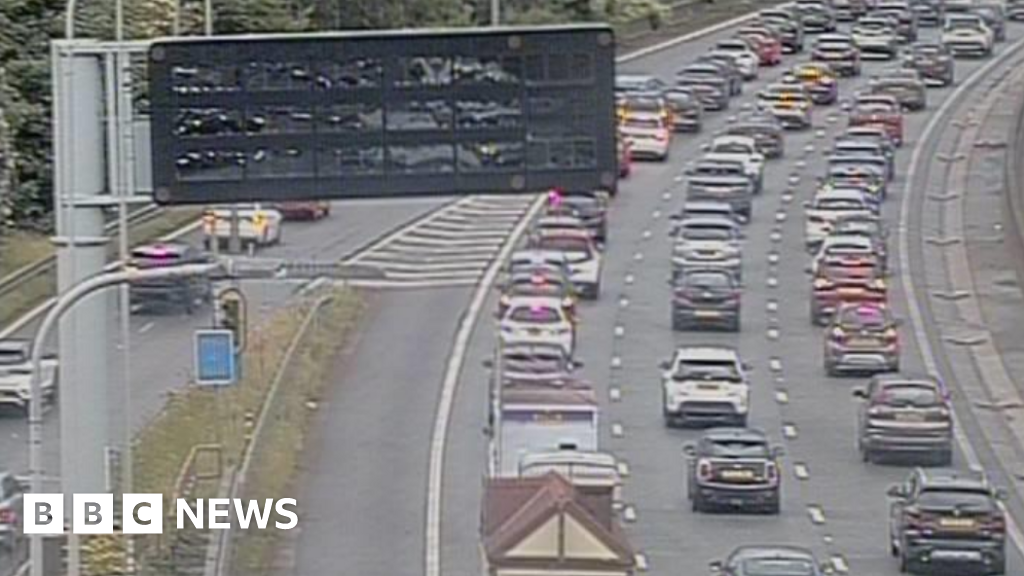Scotland environment correspondent
 Getty Images
Getty ImagesThe former Hunterston B power station in North Ayrshire has been formally declared nuclear free after three years of defuelling.
The site generated its final power in January 2022 after 46 years of operation – two decades longer than originally planned.
The site’s eventual closure was sealed when hairline cracks were found in the graphite bricks which make up its nuclear cores.
Owners EDF Energy said all spent fuel from Hunterston had now been transported by train to Sellafield in Cumbria for long-term storage.
The site will now be prepared for handover to Nuclear Restoration Services which looks after decommissioned sites.
That is expected to happen in about a year’s time.

Since it closed, 4,880 elements of spent fuel have been removed from the two nuclear reactors.
After a period spent cooling in ponds on the site, the elements were packaged into 350 large flasks for long-term storage.
Once the last was removed, inspectors from the Office for Nuclear Regulation conducted checks before declaring the power station “nuclear free”.
By the autumn, armed police who patrol the highly-sensitive site will be stood down.
Station Director Andy Dalling said defuelling had been carried out on time and on budget with the focus now turning to the handover.
He said: “It’s a significant stage. It allows us to move to the second phase which is deconstruction.
“Deconstruction is a big project and we think it will last at least another decade.
“We are trying to get the site to a phase called ‘safe store’, which means a lot of dismantling, demolition, carefully decontaminating items on site and then retreating the site back to a safe store.”

Mr Dalling said that there would still be around 250 high-skilled jobs at the site for the next five to10 years and that EDF had been trying to match staff with their aspirations.
Some will remain and help work through the engineering challenges involved in the project.
Rachel Boyd, 28, from Ardrossan joined as an apprentice and will remain at the site through decommissioning.
She said: “Generations have worked here. Their grandparents built the station, their parents have worked here and now we’ve got people working here who are decommissioning it.
“The full life cycle of the station has seen the full life cycle of the local area.”
Hunterston B is one of seven advanced gas-cooled reactor sites in the UK which are nearing the end of their lives.
Five are still generating electricity, including one at Torness near Dunbar in East Lothian, but three are in the process of being decommissioned.
Last year Torness had its life extended by two years to 2030 and the remaining power stations will see an investment of £1.3bn across all sites.
Nuclear Restoration Services, which looks after the decommissioned sites long-term, is effectively owned by the UK government.
It’s already responsible for more than a dozen UK sites including Hunterston A, which closed in 1990, alongside Dounreay on the north coast of Scotland.
The Nuclear Decommissioning Authority said that it would continue to work with EDF to ensure the smooth transition of the Hunterston B site.






